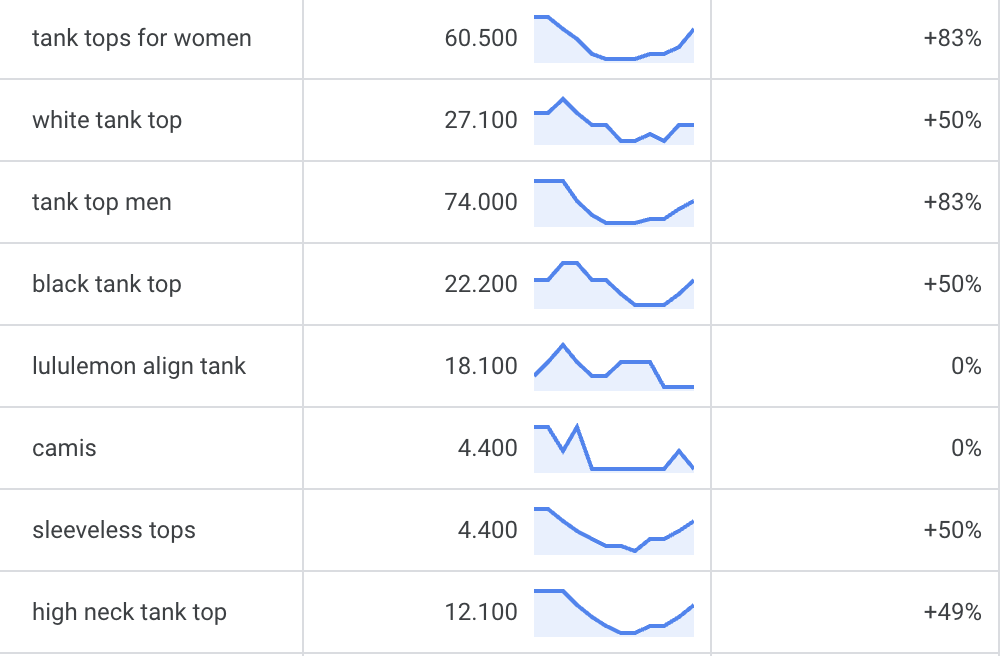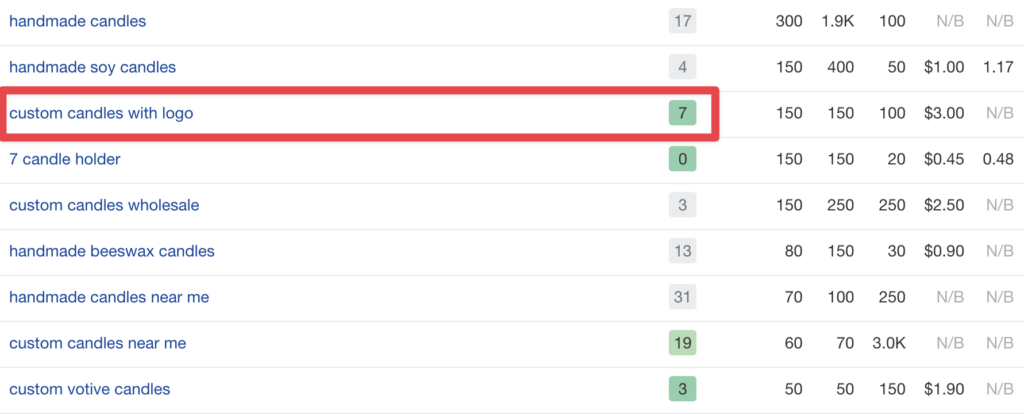Whether you’re an SEO novice or a seasoned pro, you know the importance of keywords. They’re the foundation of SEO and the secret sauce to boosting your website’s visibility. But how do you find the right keywords for your business? Enter keyword research. In this article, we’ll walk you through the steps to conduct effective keyword research for SEO. Buckle up and get ready to dive deep into the world of keywords!
1. What is Keyword Research?
Keyword research is the process of finding and analyzing search terms that people enter into search engines. The goal is to use this information to optimize content around those keywords to rank higher in search engine results.

2. Importance of Keyword Research
Keyword research is the cornerstone of SEO. It’s how you discover what search terms your audience is using, allowing you to tailor your content to their needs and wants. This leads to higher search engine rankings, more organic traffic, and ultimately, more conversions.
3. Tools for Keyword Research
There’s a wealth of tools available to help you in your keyword research journey. Here are a few of our favorites:
- Google Keyword Planner: This free tool from Google gives you keyword ideas and traffic estimates to help you build a Search Network campaign.
- SEMrush: An all-in-one marketing toolkit, SEMrush allows you to find your competitors’ keywords, discover new organic competitors, and more.
- Ahrefs: Known for its backlink analysis, Ahrefs also has a powerful keyword research tool that shows you keyword difficulty, search volume, and more.

Using Google Keyword Planner for Keyword Research
- Sign in to your Google Ads account: If you don’t have an account, you can create one for free.
- Click on the wrench icon: It’s located at the top of the page.
- Select “Keyword Planner”: You’ll find it under the “Planning” section.
- Choose “Discover new keywords”: This allows you to start your keyword research.
- Enter your broad keyword: For example, “handmade candles”.
- Analyze the results: You’ll see a list of keyword ideas along with their average monthly searches, competition level, and suggested bid. Look for keywords with a high search volume and low competition.
Using SEMrush for Keyword Research
- Log in to your SEMrush account: If you don’t have an account, you can sign up for a free trial.
- Go to the “Keyword Magic Tool”: It’s located under the “SEO” dropdown menu.
- Enter your broad keyword: For example, “handmade candles”.
- Analyze the results: You’ll see a list of related keywords, their search volume, keyword difficulty, CPC, and more.
- Use filters to refine your results: For instance, you might want to focus on keywords with a difficulty score under 60.
Using Ahrefs for Keyword Research
- Log in to your Ahrefs account: If you don’t have one, you can sign up for a free trial.
- Go to the “Keywords Explorer”: You’ll find it on the top menu.
- Choose your search engine: For most people, this will be Google.
- Enter your broad keyword: For example, “handmade candles”.
- Analyze the results: You’ll see a keyword difficulty score, search volume, clicks data, and a list of keyword ideas.
- Use filters to refine your results: You might want to focus on keywords with a high search volume and low keyword difficulty.
Remember, keyword research is an ongoing process. Make sure to regularly check the performance of your chosen keywords and adjust your strategy as needed. Happy researching!
4. How to Do Keyword Research
Step 1: Understand Your Audience
Before you dive into keyword research, it’s crucial to understand who your audience is and what kind of content they’re searching for. Ask yourself: What problems are they trying to solve? What language do they use? How can your product or service help them?
Step 2: Start with a Broad Keyword
Start with a broad keyword related to your industry or niche. This is often a single word that sums up what you do or offer. For instance, if you sell handmade candles, your broad keyword might simply be “candles.”
Step 3: Use Keyword Research Tools
Next, use a keyword research tool like SEMrush or Ahrefs. Enter your broad keyword to get a list of related keywords, their search volume, keyword difficulty, and more.
Step 4: Analyze the Results
Look for keywords with high search volume and low competition. These are potential goldmines that can drive traffic to your site. Also, consider long-tail keywords. These are more specific (and usually longer) search terms that can be easier to rank for.
Step 5: Test Your Keywords
Once you’ve selected your keywords, it’s time to put them to use. Incorporate them into your website content, blog posts, and meta descriptions. Then, monitor your website traffic and rankings to see how your keywords are performing.

5. Interpreting Keyword Data
Keyword data can seem overwhelming, but here’s what you need to know:
- Search Volume: The average number of searches for a keyword in a given timeframe. High search volume means more potential traffic—but also more competition.
- Keyword Difficulty: This score predicts how hard it will be to rank for a keyword. Lower scores mean less competition.
- CPC (Cost Per Click): This is the average cost per click for a keyword in Google Ads. While it’s primarily used for PPC campaigns, it can also give you an idea of keyword value.
- Competition: This tells you how many advertisers are bidding on a keyword. High competition can make it harder to rank.
6. Case Study: Keyword Research in Action
Let’s put this into practice with a real-life example. Imagine you’re a small business owner selling handmade candles. You want to increase organic traffic to your online store through SEO. Here’s how you might use keyword research:
Step 1: Understand Your Audience: Your target audience is environmentally-conscious consumers who appreciate artisanal products.
Step 2: Start with a Broad Keyword: Your broad keyword might be “handmade candles.”
Step 3: Use Keyword Research Tools: Using SEMrush or another tool, you find related keywords like “scented handmade candles,” “organic handmade candles,” and “handmade beeswax candles.”
Step 4: Analyze the Results: “Organic handmade candles” has a decent search volume and low keyword difficulty—making it a perfect keyword to target.
Step 5: Test Your Keywords: You start writing blog posts about making organic candles, the benefits of organic candles, and more—all while incorporating the keyword “organic handmade candles.”
Step 6: Craft a Compelling Blog Title: Your blog title is one of the first things users see, and it can significantly impact click-through rates. It should be engaging, descriptive, and include your target keyword. Here are a few title ideas:
- “The Ultimate Guide to Organic Handmade Candles”
- “Why Organic Handmade Candles Are Worth the Hype”
- “How to Choose the Best Organic Handmade Candles for Your Home”
Step 7: Create a Blog Outline: Creating an outline helps you organize your thoughts and ensures your blog post is comprehensive and flows well. Here’s an example of how you might structure your blog post:
- Introduction: Briefly introduce the topic of organic handmade candles. You can share a personal anecdote, a surprising statistic, or a compelling reason why the reader should care about the topic.
- Body: Break down the body of your blog post into several sections, each covering a different aspect of organic handmade candles. Some potential sections might include:
- What Are Organic Handmade Candles?
- The Benefits of Organic Handmade Candles
- How to Choose Quality Organic Handmade Candles
- Where to Buy the Best Organic Handmade Candles
- Conclusion: Summarize the main points of your blog post and include a call to action. This could be encouraging readers to shop your collection of organic handmade candles, leave a comment, or share the post on social media.
Step 8: Write Your Blog Post: Now that you have your title and outline, you can start writing your blog post. Remember to write for your audience first and search engines second. Your content should be engaging, informative, and provide value to your readers.
Step 9: Optimize Your Blog Post for SEO: After writing your post, make sure it’s optimized for SEO. This means:
- Including your target keyword in the title, URL, and meta description
- Using your target keyword and related keywords naturally throughout the text
- Formatting your post for readability (use headings, subheadings, bullet points, and images)
- Including internal and external links
Step 10: Monitor Your Results: After publishing your blog post, monitor its performance. Use your SEO tool to track rankings for your target keyword, and use Google Analytics to analyze traffic and engagement metrics. If your post isn’t performing as well as you’d hoped, don’t be afraid to make adjustments and test different strategies.
Remember, SEO and content creation are long-term strategies. Be patient, and over time, your efforts will pay off.
7. Conclusion: How does Keyword Research work?
Keyword research is an essential part of SEO. By understanding your audience and leveraging keyword research tools, you can uncover valuable keywords that drive traffic and boost conversions. Remember, keyword research isn’t a one-and-done deal—it’s an ongoing process. Keep analyzing, testing, and refining your keywords to stay ahead of the game. Happy researching!
There you have it—a comprehensive guide to keyword research. With these steps and tools, you’re well-equipped to step up your SEO game and increase your online visibility. Remember, the ultimate goal is to find keywords that align with your audience’s search intent. Happy researching!

